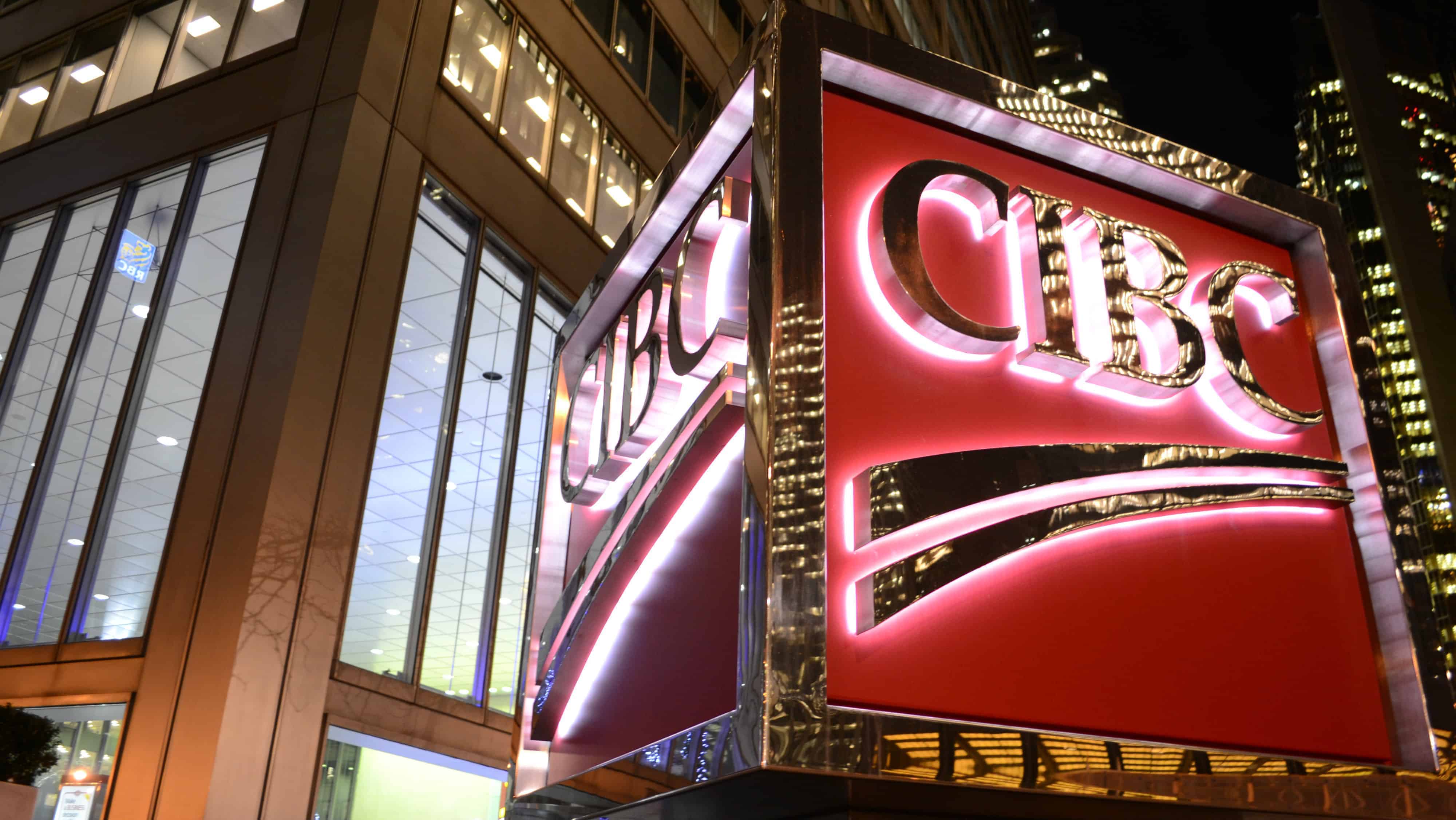Canadian Imperial Bank of Commerce (TSX:CM)(NYSE:CM) is back down to levels not seen since early December 2016.
Let’s take a look at CIBC to see if it deserves to be in your portfolio today.
Strong results
CIBC reported solid numbers for fiscal Q1 2017. Adjusted net income came in at $1.17 billion, or $2.89 per share. That was good for a 14% increase over the same period in 2016.
The company delivered significant earnings growth across the business, which includes retail and banking, wealth management, and capital markets activities.
CIBC has the most exposure to the Canadian market among the Big Five Canadian banks. This has led to strong results in the wake of the Great Recession, buoyed largely by the strength of the residential housing market and Canadian appetite for debt.
Risks
The reliance on Canada is one reason the stock is coming off its highs.
Investors are concerned the perceived housing bubble could be on the verge of bursting, rather than deflating at a measured clip. In the event house prices do actually fall off a cliff, CIBC is viewed as one of the banks that would be hit the hardest.
Interestingly, CIBC has increased its stake in troubled alternative lender Home Capital in recent weeks.
Diversification efforts
CIBC is moving to balance its revenue stream by acquiring Chicago-based PrivateBancorp. Unfortunately, the huge rally in bank shares over the past year forced CIBC to increase its bid twice.
The deal might be expensive, but investors should benefit over the long term as the U.S. operations grow.
Dividend
CIBC raised its dividend when it reported the fiscal Q1 2017 results. The current quarterly payout of $1.27 per share provides a yield of 4.75%.
Management can’t be too concerned about the earnings outlook given the fact the dividend has been raised three times since the start of last year.
Should you buy?
The stock is now trading at a trailing 12-month price-to-earnings ratio of 9.1, which is significantly below the other large Canadian banks.
CIBC’s CET1 ratio at the end of January was 11.9%, meaning the company is well capitalized in the event of a shock.
The stock certainly carries more risk than its peers, but the current multiple suggest the market is expecting some serious hard times.
More downside could be on the way, so I wouldn’t back up the truck just yet, but contrarian types who are comfortable earning close to 5% on the investment might want to consider a small position on further weakness.








